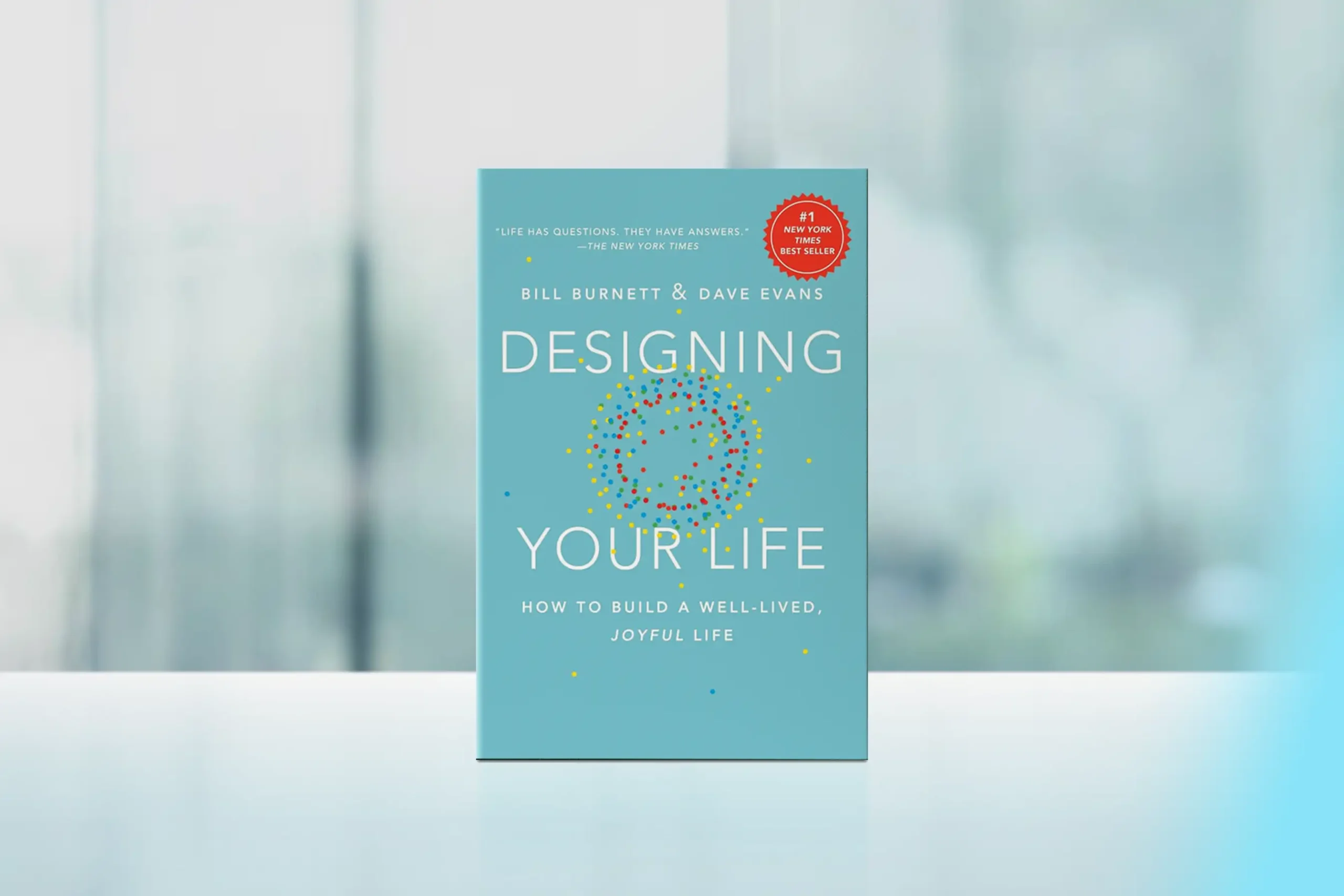Published in 2016, “Designing Your Life” offers a practical guide to building a joyful, purpose-driven life. It encourages readers to approach challenges with curiosity, creativity, and a hands-on, experimental mindset.
Stanford professors Bill Burnett and Dave Evans, book, drawing from their Stanford’s d.school course, applies design thinking to life and career and provides tools to explore possibilities, prototype solutions, and align actions with personal values.
Core Concepts
Burnett and Evans introduce several key concepts that form the foundation of their life design approach:
- Design Thinking: Applying problem-solving techniques from design to life planning.
- Reframing: Shifting perspective to approach problems in new ways.
- Prototyping: Testing life and career options through small experiments.
- Radical Collaboration: Engaging others in your life design process.
- Wayfinding: Navigating life’s journey with curiosity and adaptability.
- Odyssey Planning: Creating multiple potential life paths to explore.
These concepts aim to equip you with a flexible, iterative approach to life planning. By embracing these principles, you’ll be better prepared to navigate uncertainty, make informed decisions, and create a life that aligns with your values and aspirations.
Chapter-by-Chapter Review
Part 1: Start Where You Are
Chapter 1 – The Life Design Mindset
Introduces design thinking for life, emphasizing curiosity, reframing, and action. It encourages seeing life as a series of prototypes and iterations rather than one fixed plan, helping readers embrace flexibility and experimentation in shaping their future.
Chapter 2 – Building a Compass
Focuses on aligning your workview and lifeview to clarify values, priorities, and purpose. By defining what matters most, you create a “compass” to guide decisions and evaluate opportunities, ensuring your actions reflect your authentic self.
Part 2: Wayfinding
Chapter 3 – Getting Unstuck
Teaches how to distinguish “gravity problems” (unchangeable) from “designable problems” (solvable). Offers strategies for reframing obstacles, shifting perspective, and discovering actionable solutions to move past stagnation and make meaningful progress in life.
Chapter 4 – Mind Mapping & Odyssey Plans
Encourages brainstorming multiple life paths through visual mapping. Creating 3–5 “odyssey plans” helps envision different futures, explore possibilities without fear, and break free from narrow thinking, fostering creativity and intentional life design.
Part 3: Getting Unstuck
Chapter 5 – Prototyping
Highlights experimentation as a key tool. Readers learn to test ideas through small, low-risk experiments, informational interviews, and mini-experiences, helping clarify preferences, gain insights, and reduce fear before committing to major life changes.
Chapter 6 – Choosing Well
Presents frameworks for effective decision-making, emphasizing clarity over perfection. It explores weighing trade-offs, avoiding overthinking, and making choices aligned with values, showing that good decisions are iterative and can be adjusted along the way.
Part 4: Designing Your Lives
Chapter 7 – Failure Immunity
Encourages reframing setbacks as learning opportunities. Readers are taught resilience and optimism, learning to iterate after failures, embrace uncertainty, and view challenges as essential parts of designing a fulfilling and adaptive life.
Chapter 8 – Building a Team
Explains leveraging mentors, friends, and collaborators in life design. Emphasizes radical collaboration, seeking diverse perspectives, and sharing ideas to generate solutions, highlighting that meaningful progress often requires support and collective insight.
Chapter 9 – Conclusion
Summarizes continuous life design as an iterative process. Encourages reflection, experimentation, and alignment with core values. The chapter motivates readers to keep adjusting and prototyping their lives, emphasizing growth, curiosity, and intentional living as lifelong practices.
Bill Burnett: TEDX talk at Stanford
Five steps to designing the life you want.
Key Strengths
- Practical, action-oriented approach to life planning
- Encourages creativity and experimentation in career and life choices
- Provides tools for reframing problems and generating new solutions
- Emphasizes the importance of prototyping and iterating in life design
- Offers a hopeful and empowering message about creating a fulfilling life
Potential Drawbacks
- Some readers may find the design thinking approach unfamiliar or challenging
- The book’s optimistic tone may not resonate with those facing severe life challenges
- Limited discussion of systemic barriers that can impact life design efforts
Who This Book Is For
“Designing Your Life” is an invaluable resource for a wide range of readers, including:
- Young adults and recent graduates navigating career decisions
- Mid-career professionals considering a change or seeking more fulfillment
- Retirees looking to design a meaningful post-career life
- Anyone feeling stuck or unsure about their life direction
Final Review
“Designing Your Life” offers a practical and engaging approach to creating a meaningful, joyful life. Burnett and Evans apply design thinking to life planning, providing a flexible framework that encourages creativity, experimentation, and intentional decision-making.
The book’s strength lies in its focus on action over contemplation, guiding readers to prototype different life paths and navigate uncertainty. Whether starting a career or considering a major life change, it offers strategies to align choices with personal values and aspirations.
Rating: 4.3/5
An innovative and practical guide that empowers readers to design a fulfilling life through creative problem-solving and intentional experimentation.
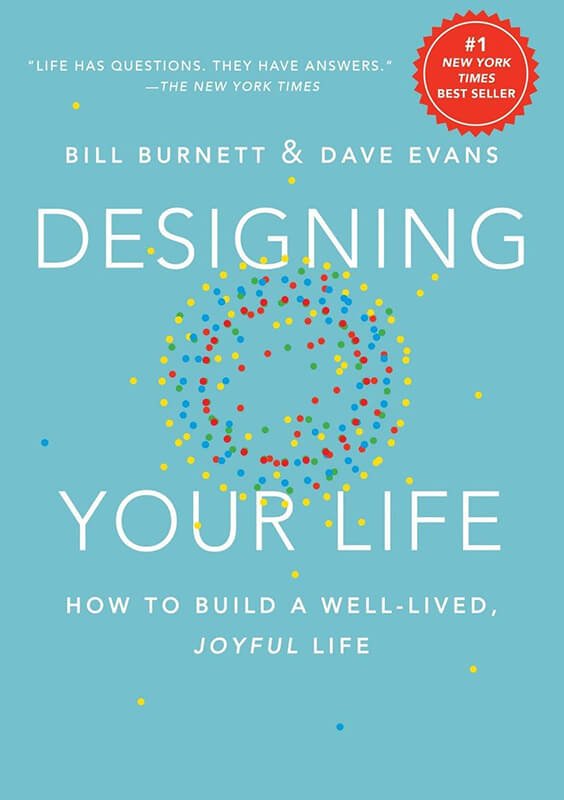
Alternative Books
If you found Designing Your Life inspiring and want to explore similar themes, consider these related books from our curated list:
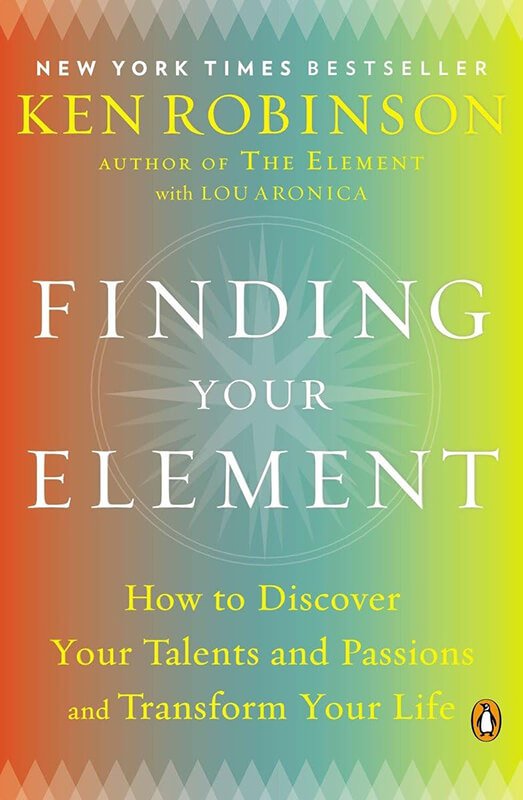
“Finding Your Element” by Ken Robinson
Explores the intersection of natural aptitudes and personal passions, with insights on discovering your unique talents and interests.
Rating: 4.2/5
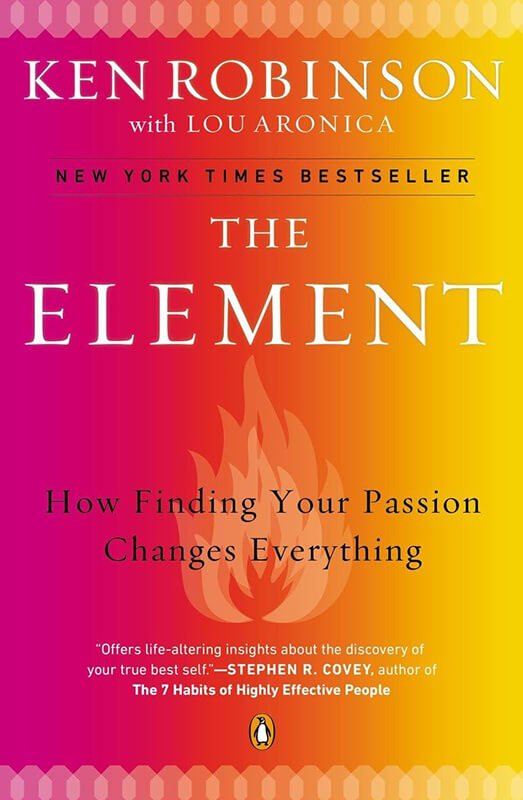
“The Element: How Finding Your Passion Changes Everything” by Ken Robinson
The concept of finding your “element”, where natural talent meets personal passion.
Rating: 4.5/5
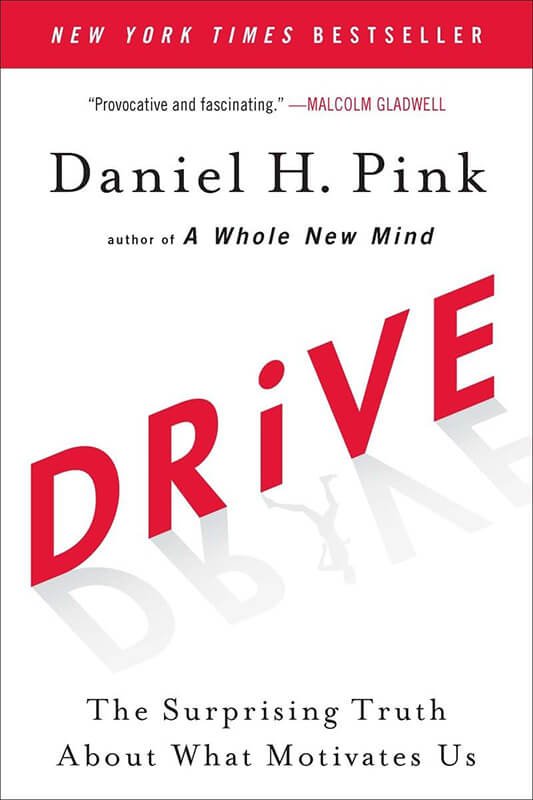
“Drive: The Surprising Truth About What Motivates Us” by Daniel H. Pink
Examines the factors that truly motivate us in work and life.
Rating: 4.4/5

